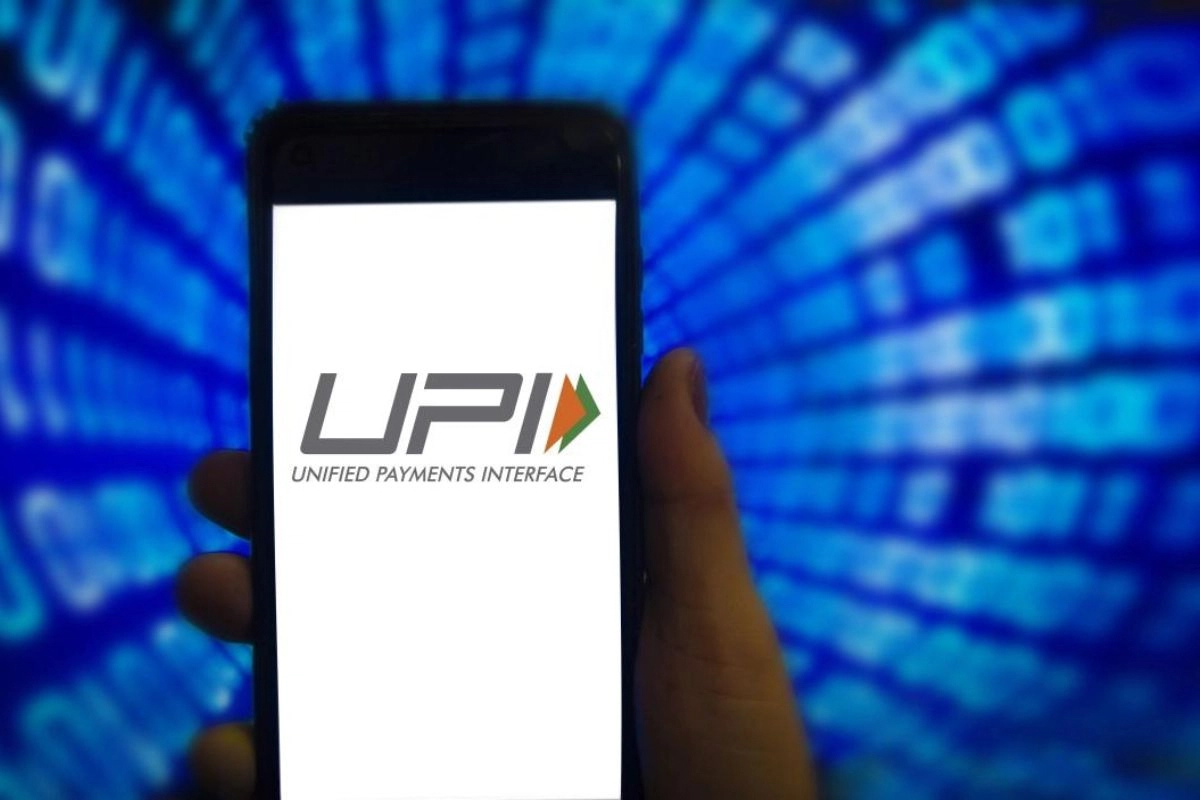Digital payment: Shaktikanta Das, governor of the Reserve Bank of India, stated on Monday that UPI (unified payment interface) transactions had increased dramatically over the previous 12 months, with daily transactions now exceeding 36 crore, up 50% from 24 crore in February 2022. During the beginning of the Digital Payments Awareness Week at the RBI headquarters here this afternoon, the governor told reporters that these transactions now total Rs 6.27 lakh crore, up 17% from Rs 5.36 lakh crore in February 2022.
Total monthly digital payment transactions have exceeded the Rs 1,000 crore mark
He added that during the previous three months, the total monthly digital payment transactions have exceeded the Rs 1,000 crore mark each month. “Our payment systems are well-known around the world, and other nations have expressed an interest in following in our footsteps. We can be proud that since December 2022, our payment systems have processed more than 1,000 crore transactions each month. This demonstrates the stability of our payments infrastructure and the level of consumer acceptability. 90% of respondents in a recent poll on digital payments in India found that 42% of respondents have used digital payments “said Das.
UPI transactions surpassed 800 billion
UPI transactions surpassed 800 billion in volume in January 2023, while NEFT (National Electronic Funds Transfer) experienced its greatest daily traffic ever on February 28 with 3.18 billion transactions. Since its 2016 inception, the UPI has become the most widely used and favoured payment method, pioneering person-to-person and person-to-merchant transactions that account for 75% of all digital payments. From 0.45 crore in January 2017 to 804 crore in January 2023, the number of UPI transactions has multiplied. At the same time span, the value of UPI transactions rose from just Rs 1,700 crore to Rs 12.98 lakh crore.
Transactions using tokens now account for 62% of the ecosystem
On the tokenization initiative, he said that the RBI had produced more than 48 crore card tokens, which have performed more than 86 crore transactions, making it the largest tokenization initiative in the world. Transactions using tokens now account for 62% of the ecosystem, up from 35% at first. The number of e-mandates has increased from about 2-3 crore in the past, or about Rs 130 crore in value, to over 15 crore or Rs 1,700 crore in value now thanks to the customer-friendly recurring mandate structure. From 17 crore touch points to 26 crore touch points, or an increase of 53%, digital payments infrastructure acceptance has grown.
RBI has opted to adopt 75 communities by working
In order to further the RBI’s commitment to expanding digital payments in the nation, the governor also announced the “Har Payment Digital” mission. Direct benefit transfers (DBT) payments have been sent digitally and system leaks have been eliminated thanks to the national automated clearing house (NACH) system. Das added that as part of the 75 Digital Villages programme, the RBI has opted to adopt 75 communities by working with village-level entrepreneurs. PSOs will adopt 75 villages as part of this scheme and transform them into villages that accept digital payments. The deputy governor of the RBI’s Department of Payments Settlement Systems, Rabi Sankar, spoke at the same event, which also celebrates the department’s 18th anniversary. He said that over the previous five years, digital payments have grown by 15% yearly.
Must Read: Neiphiu Rio Takes Oath for Fifth Consecutive Term as Nagaland CM
Keep watching our YouTube Channel ‘DNP INDIA’. Also, please subscribe and follow us on FACEBOOK, INSTAGRAM, and TWITTER.












